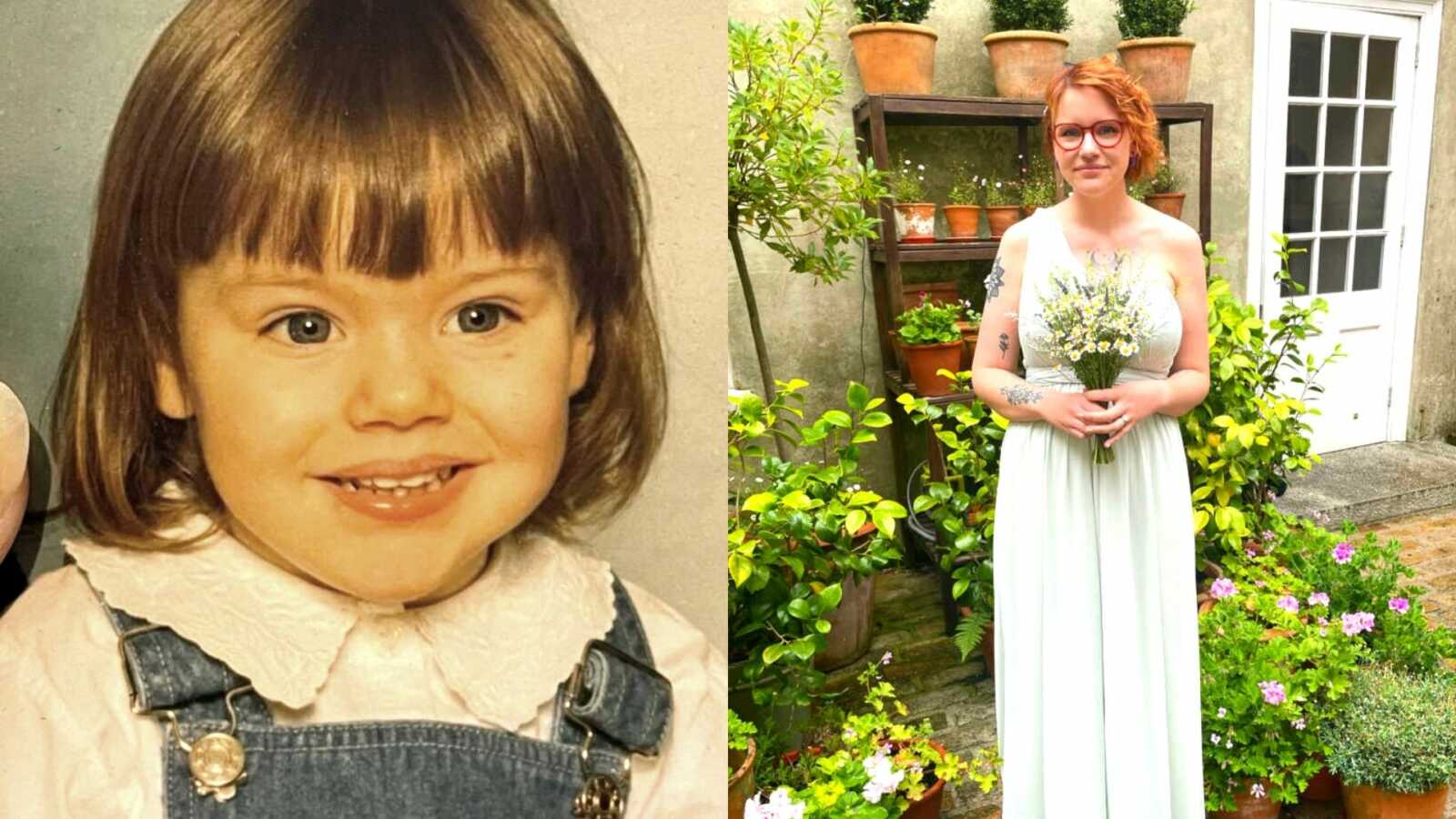My Internal Struggle
“Growing up I always felt like I was different, but I couldn’t explain why or understand why. I just felt weird, like I was the odd one out. For years I tried to fit in but sadly failed. It wasn’t until I was 25 that I was given an explanation, an understanding, and clarity. I was officially diagnosed as autistic in 2017 when I was 25, which is considered late for a diagnosis, although somewhat expected. I’d spent my whole life trying to find my place in society, turns out I wasn’t meant to fit in; instead, I’m on the outside making waves, doing my own thing, and loving it.
Honestly, I often sit back and reflect on my childhood, the bits and pieces I can recall. For me, my childhood is a blur. I can remember certain events and places, mostly just traces of fading memories.
However, my teenage years stick out vividly. A time which I found incredibly challenging, and for a variety of different reasons. As I’ve mentioned, I was diagnosed with autism at the age of 25, so throughout adolescence, I had no explanation for the events that occurred. I didn’t understand why I was different or what was going on.
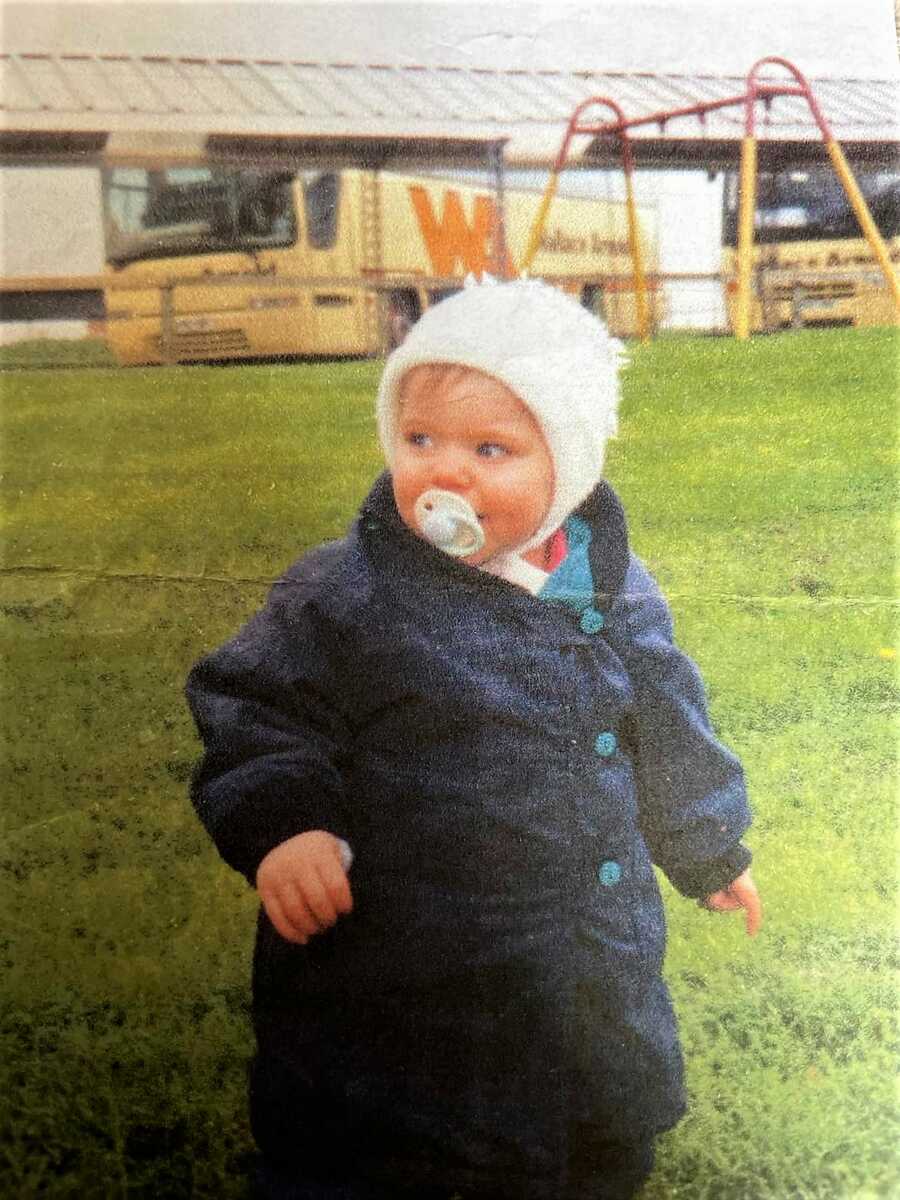
Bullying
I stuck out; I was the class ‘freak.’ I had a different communication style, different mannerisms, different styles, and different interests. I was different from my peers, different from my friends, the weirdo. All the things that made me different are things that I now embrace. Being diagnosed, I’m able to look back and understand. I am able to look back and feel proud, accepting, and joyful.
In primary school I had a very small group of friends, a group of about four girls I’d hang around with during break times. In high school, this all changed. I was split up from the majority of the group, leaving me with one friend, the social friend of the bunch. She was able to come and go as she pleased, mixing with different social groups and people; she both amazed and confused me. At this point, everything was new, and I found it hard to adjust. I clung to my friend for dear life. She always seemed to know what to do. I was in a sea of people and she was my life jacket keeping me afloat.
I first created my persona in secondary school as a survival technique (so I could magically blend in with my peers), but it didn’t work. In fact, it made things dramatically worse. It was so evident I was trying to fit in, and this just made the bullying I experienced worse. I tried to mask who I was underneath layers of fake confidence, pushing my own personal identity to the bottom. At home I’d play with toys, barbies, and teddy bears, I’d be myself, but this stopped as soon as I hit the school gate. I couldn’t tell people I liked children’s toys; if I did, I’d be bullied worse than I already was, and I couldn’t handle anymore.
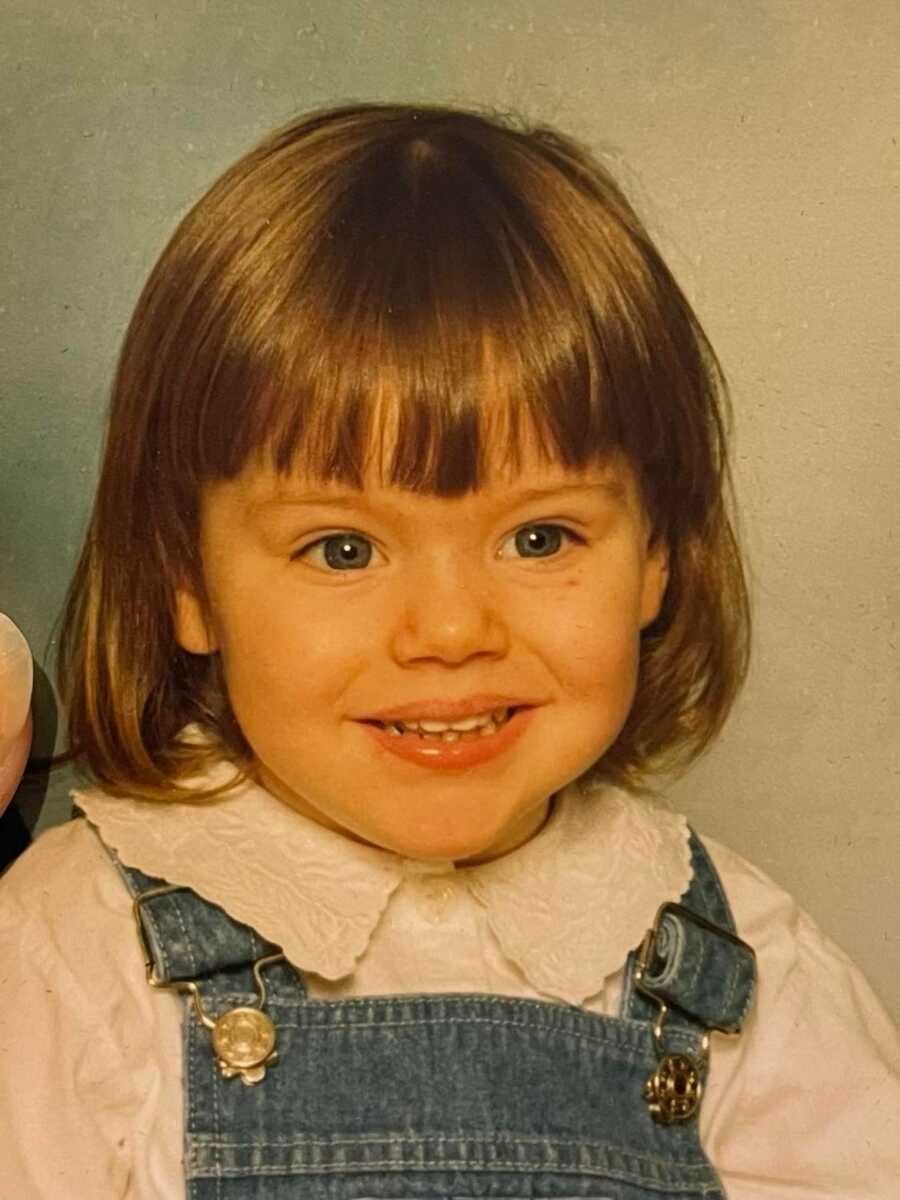
School for me wasn’t fun, easy, or enjoyable. I would spend my mornings crying, screaming, and begging to stay home, which rarely worked. I needed the time at home to rest; little did I know I was burnt out. My mental health was declining, my anxiety rising, my depression and self-loathing looming like a black cloud about to rain. I was terrified to go to school. The people were mean, the teachers didn’t understand me, and the work was too hard. I was falling behind, and at that point, I didn’t really care. I wish I cared, I wish I had the support, that people helped me more. I wish I was diagnosed. I wish I understood myself, but to be honest, I don’t think this would have changed a thing. I’d have still been bullied and academically behind.
Amidst all the social pressures, my body was also developing physically. This also came with challenges as I was pressured to measure up to the expectations of my friends, which at the time I couldn’t. I didn’t have a big chest or wear a bra at that age. I didn’t shave my legs. All of which made me a ‘loser.’ I didn’t particularly want to be like them but felt the pressure to. Because I was developing slower meant I was excluded from a lot of conversations, and to be honest I didn’t understand them anyway. Looking back, I wish I had told myself not to worry, not to compare myself to others, to understand that we all develop differently, and that our bodies are fine the way they are. That we don’t have to be anyone else but ourselves. But at that moment it was hard to know how to think, to react, to respond. The overwhelming pressure mounted up and I did what I had to do to survive.
Hitting Puberty
During adolescence there were so many things that added to my already bursting anxiety, and one of the main difficulties I had was with my periods. I started my period sitting in my grandma’s garden whilst having a teddy bears picnic. Fun times for me (joking, it was horrendous!). I panicked and ran to my mom. I didn’t really understand or process this sort of stuff; all I knew is that I was bleeding and that it was a thing girls went through. It was a confusing time for me, and to be honest, it still is. I didn’t like the sanitary products; they were itchy, they smelled funny, and they were so uncomfortable. I would spend ages in the toilet rearranging the pads in my underwear, whilst crying, trying not to become overwhelmed. I was so aware of every single sensation, and that made things ten times worse. But it was normal, right? I was just like everyone else, right? This was just a part of growing up, right? I felt invalidated. Little did I know I was autistic.
Now as an adult I still struggle with my periods, and sanitary products still scare me. Tampons and moon cups terrify me, in case they get stuck, and pads don’t ever sit right. I’m still extremely sensitive to all of this, which doesn’t make things easy. I wish I had tried more products earlier, but there’s a trial and error to find what works for you, and that is perfectly okay. You need to find out for yourself what works and what doesn’t, and what works for your friends may not be comfortable for you. This is fine, too.
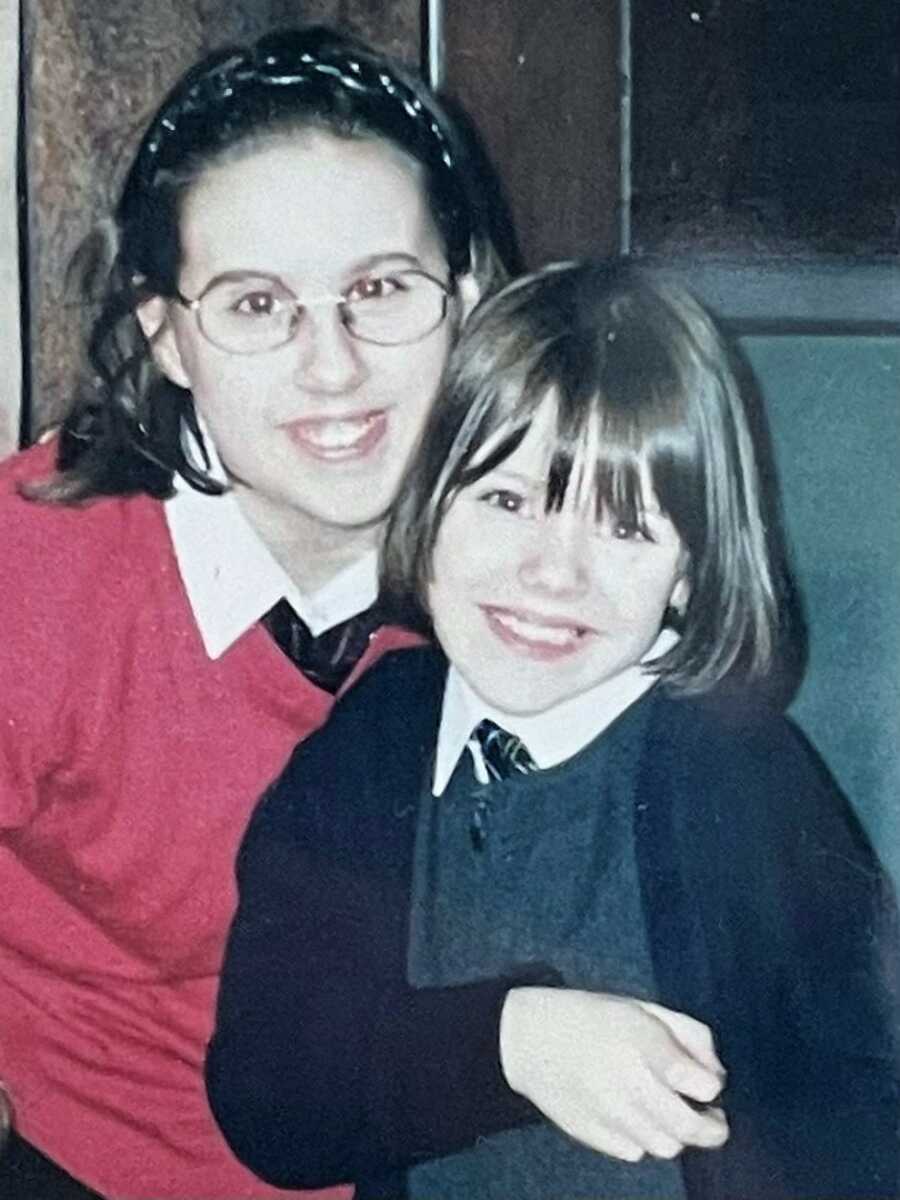
Honestly, being diagnosed was the best thing ever. It gave me a sense of understanding. But I do wish I had been diagnosed earlier, as I believe it would have helped me so much going through adolescence. If I had known, there would have been more understanding from both my parents and peers, and I would have had an explanation for my behaviors and sensitivities.
People would say, ‘Well we all go through it, it’s not nice.’ No, it’s not nice. And yes we do all go through it. But for an autistic person things are heightened, interactions are more confusing, friendships don’t make sense, sensory sensitives are intensified. There’s so much more to puberty for us, and I wish our feelings and our sensations were not constantly invalidated.
After experiencing all these changes and feeling so different, it was in my late teens when I first heard about autism. The more research I did, the more I realized it fit and made sense. I remember vividly writing down a checklist full of autistic traits, detailing examples of how I fit these specific traits. I felt like I had to justify everything, not only to myself but also to medical practitioners.
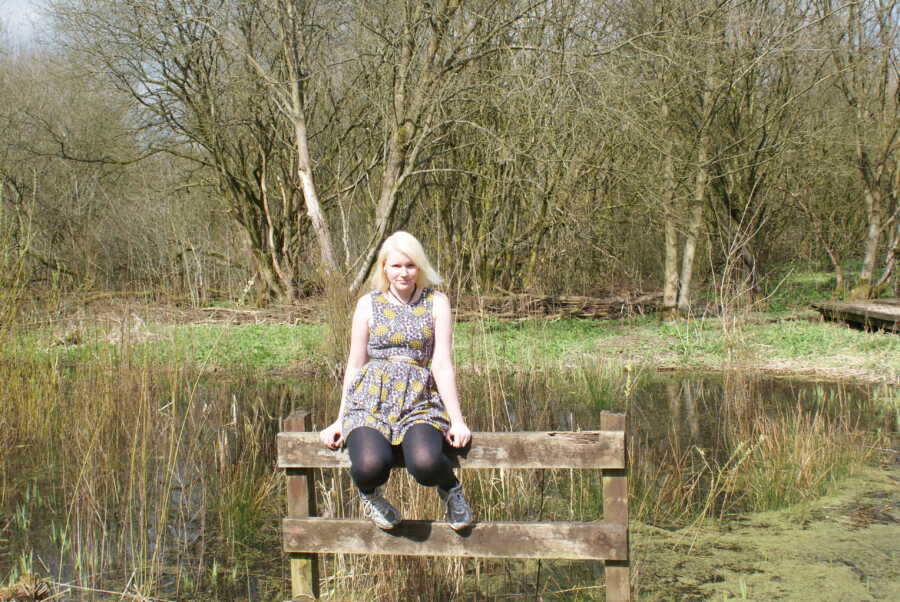
The Journey to Diagnosis
When it came to speaking to my GP, having evidence was definitely beneficial, because I was able to articulate exactly why I thought I was autistic; although frustratingly I was turned down twice before finally being referred to diagnostic services. I think that being an adult woman definitely affected getting diagnosed earlier; when I was diagnosed there was less of an understanding of how women and girls manifest autistic traits. Everything was based on the stereotypical male presentation, so when I detailed how I had friends, of course that meant I couldn’t possibly be autistic.
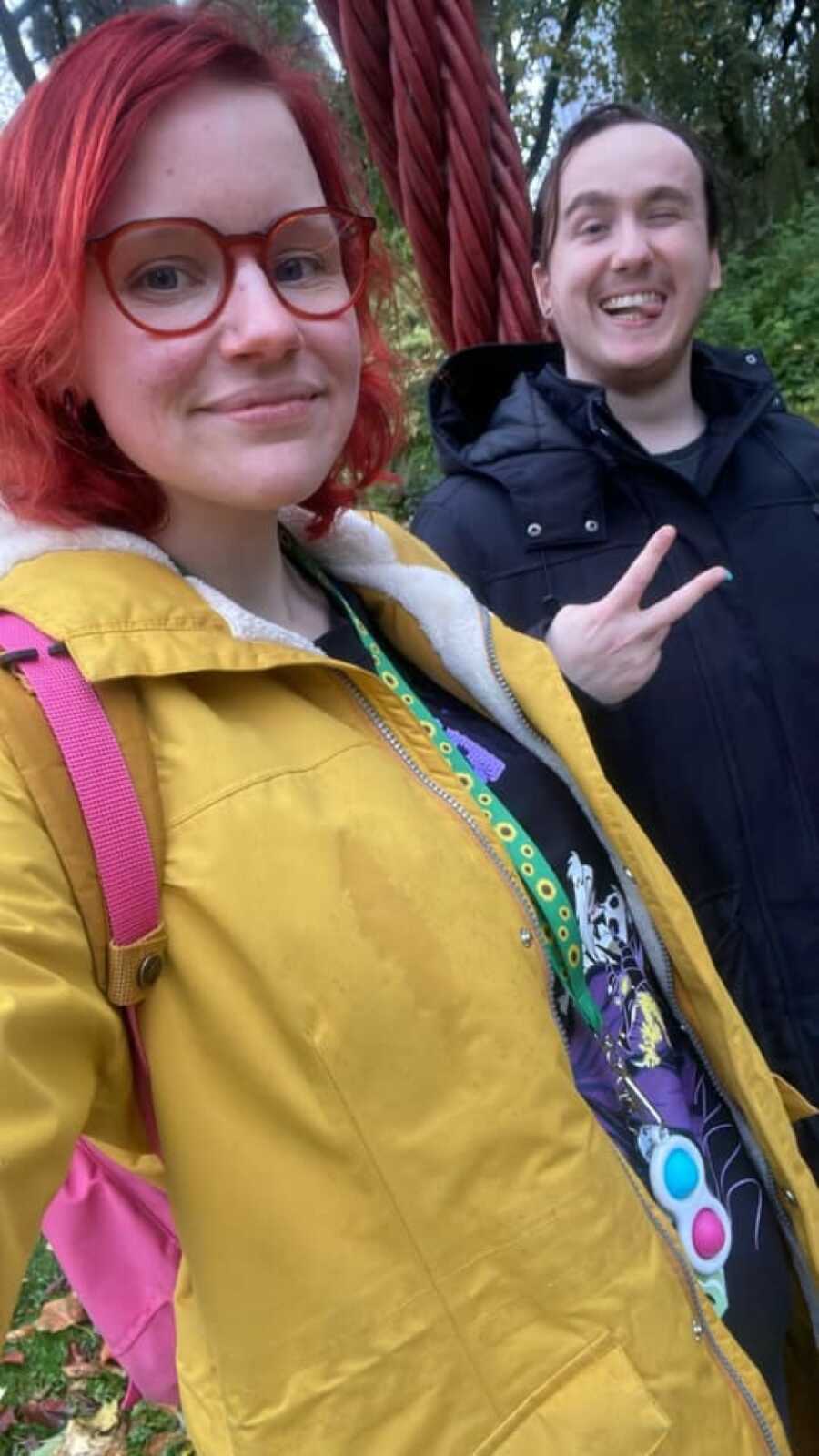
During this time, I was studying at college, something I didn’t think I was smart enough for. It was at this point that I was referred for a diagnosis for the possibility of being dyslexic. Turns out, I was both dyslexic and dyspraxic. This is what gave me the final push to go back to my GP and try again because I knew it was possible. The third time, I was referred, and my GP read through all my evidence and believed I could be autistic. For someone to finally be on your side, it feels incredible, especially after being turned down for presenting atypically (and being a woman!).
When it came to the actual diagnostic appointment, I was given a child assessment, meaning that all the activities I had to do were very child-like and play-based. There are a variety of different assessments for the different age populations. However, I was assessed with the most common type: the Autism Diagnostic Observation Schedule. It is an observation-based assessment that reflects a stereotypical male presentation and doesn’t explore the multifaceted manifestations of autism (for example, a female presentation). I think this is one of the main reasons why so many young girls don’t get a diagnosis; it also explains why so many individuals are misdiagnosed because the assessment tools are not empirically sensitive in capturing the differing manifestations.
For many young girls, including myself at the time, we camouflage our way through adolescence until we get to a point where we’re no longer able to mask. At this stage, we’re left struggling. There needs to be measures in place for the early identification of young girls to ensure they don’t get left behind. Many of the ‘female traits’ exhibited by women and girls are not picked up. Some of these common traits can include:
- Camouflaging
- Mimicking the social behaviors of others
- Appearing more socially adept – appearing more extroverted
- Appearing more anxious – often diagnosed with social anxiety rather than Autism
- Interests are more focused around people than objects. For example, music groups
- Fewer repetitive behaviors
- May be highly sensitive and intense emotions
- May be described as a ‘daydreamer’ or ‘in their own world’
- Appear fine at school – no apparent academic issues
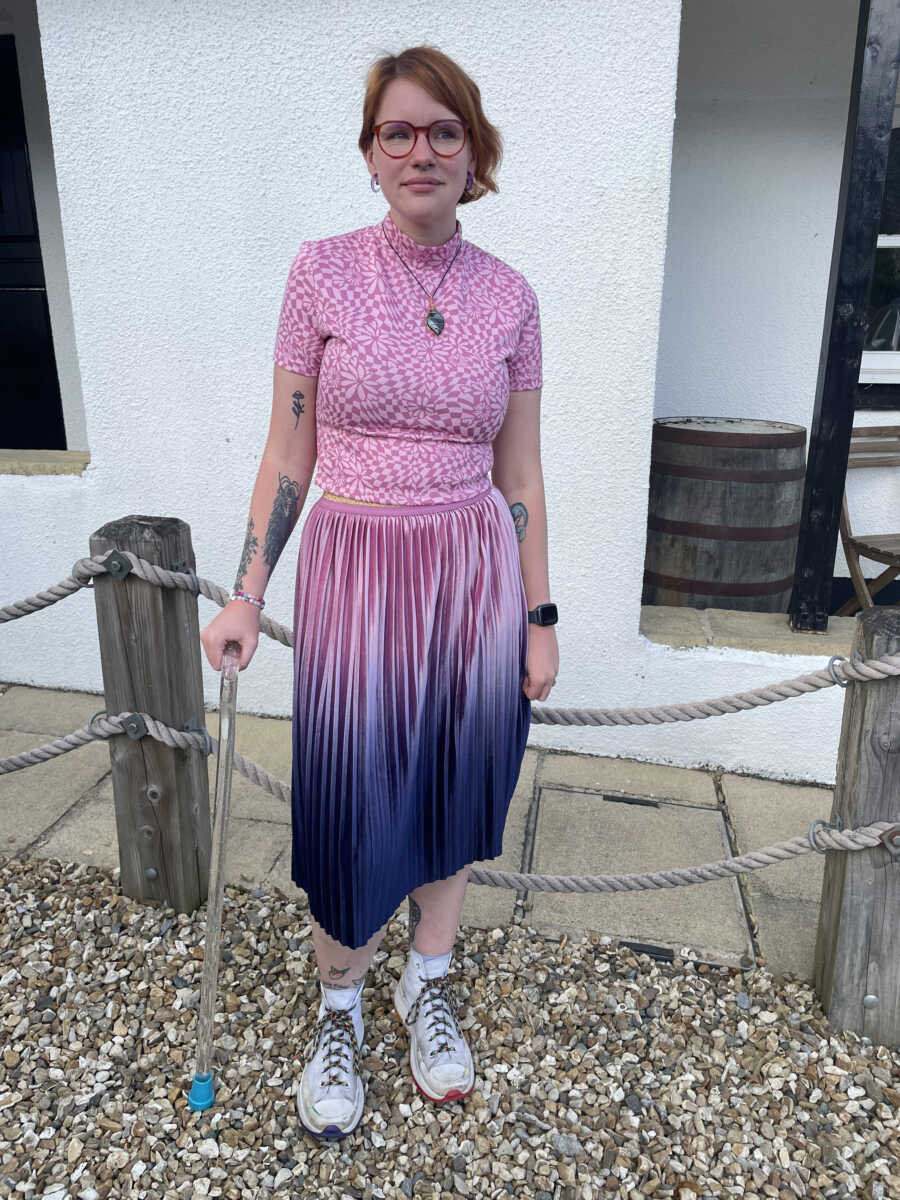
Struggling and having no support can lead to a variety of mental health conditions including anxiety and depression, both of which I struggled with as a teen because I knew I was different. I knew I needed support, but without any official label, I was left alone.
As soon as I had the diagnosis, everything changed. College life changed. I was finally given support, which enabled me to thrive, complete two degrees, and move on to a Ph.D. I went from being behind academically to flourishing, having a rounded understanding of who I am and what my abilities were. I was able to explain myself, make friends, and just start to be who I was meant to be. The little girl who used to be scared was now grown up and no longer afraid.
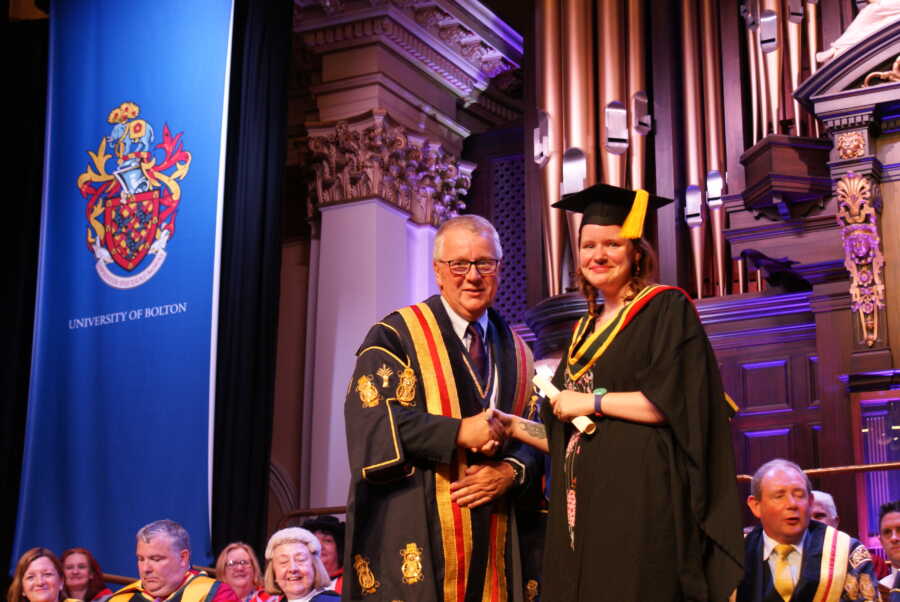
My Advice
If you are an adult or a woman and you think you may be autistic, I encourage you push for a diagnosis. Don’t tell yourself it’s not worth it, it is. If you’re a parent, do research, look up trait presentation and get evidence; it helps to be prepared. Finding out I was autistic pretty much changed my life and who I am as a person. I no longer feel lost, and I’m able to reflect on my childhood with clarity and closure.
Today I am a Ph.D. student with a master’s degree, a husband, and a life. But I’m still autistic, and my negative experiences have shaped who I am and my whole self. I am now happy, mostly, but still very anxious due to a lot of trauma. But I’m proud of who I am, and I am embracing that fully.
I still have difficulties, but I know why, and I’m able to understand and find coping mechanisms. I finally have friends, a best friend who completely understands me and vibes with my weirdness. Honestly, at first, it felt strange having a best friend, but now it feels natural (this is a common for some autistic people). We’re on the same wavelength and he gets me. I also have a husband who also happens to be autistic, and who loves me for all that I am. People think autistic people can’t find love or be loved, but it’s all crap, and I’m proving that.
I’ve been through a lot, and being autistic has shaped that. I am autistic and my experiences guide my life.”
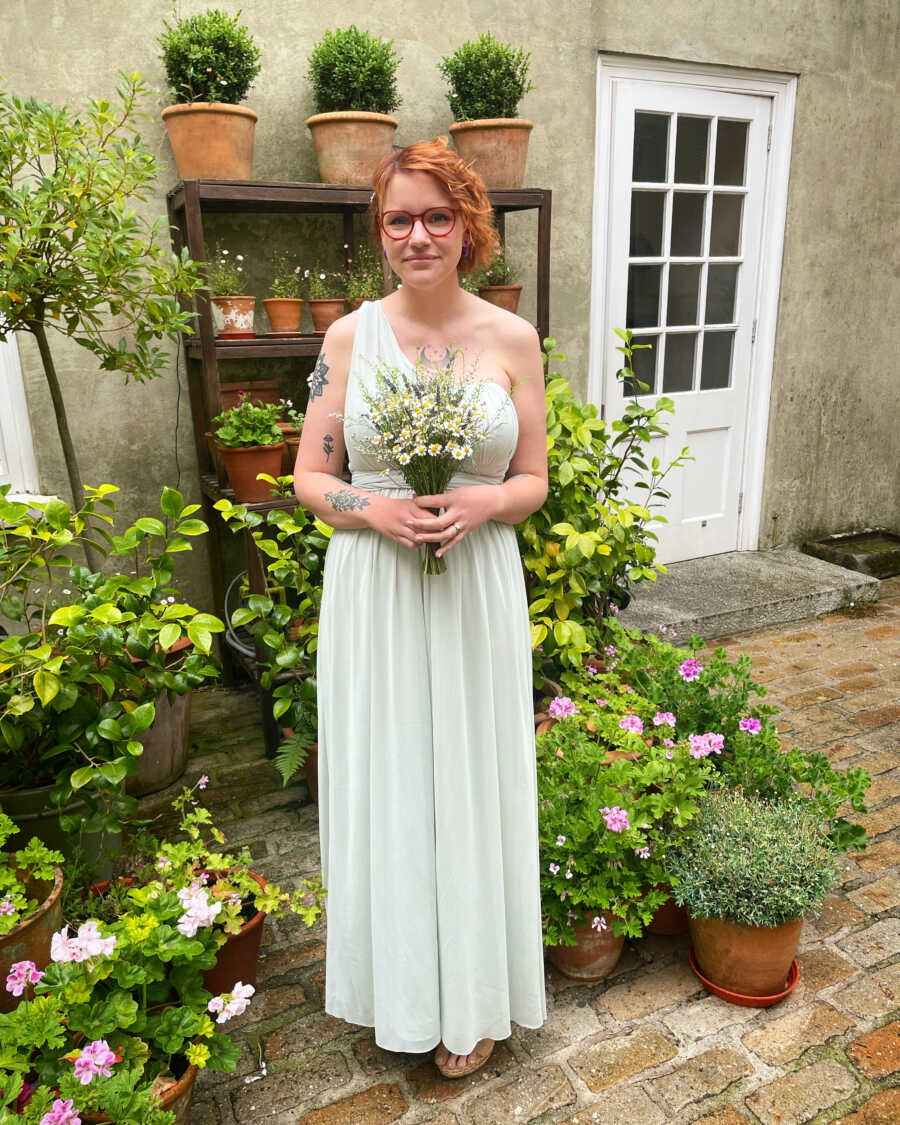
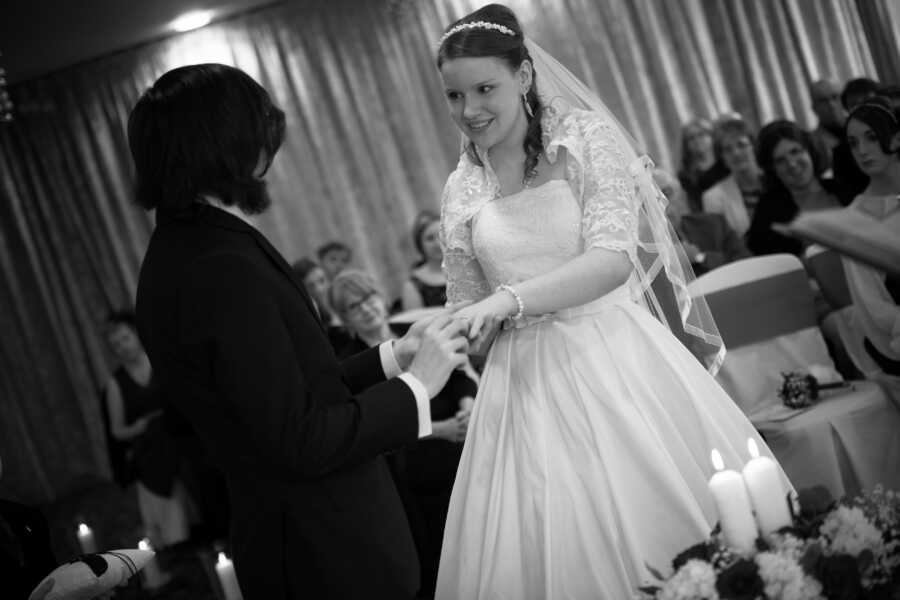
This story was submitted to Love What Matters by Victoria Ellen. You can follow her journey on Instagram. Submit your own story here.
Read more stories about autism here:
Do you know someone who could benefit from reading this? SHARE this story on Facebook with family and friends.

